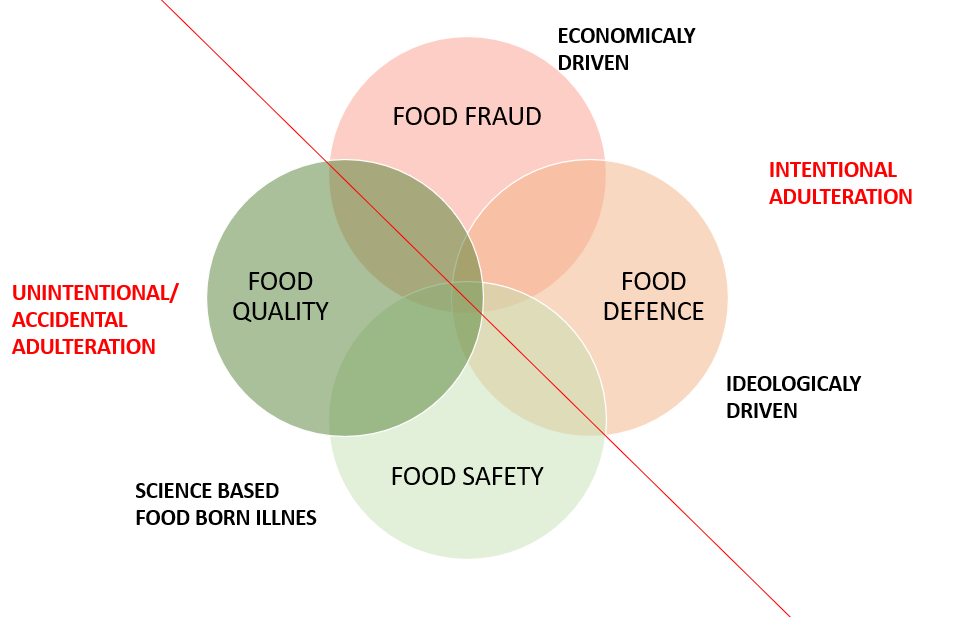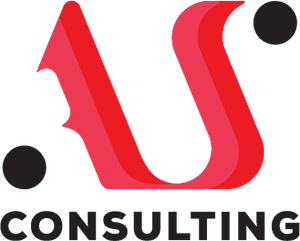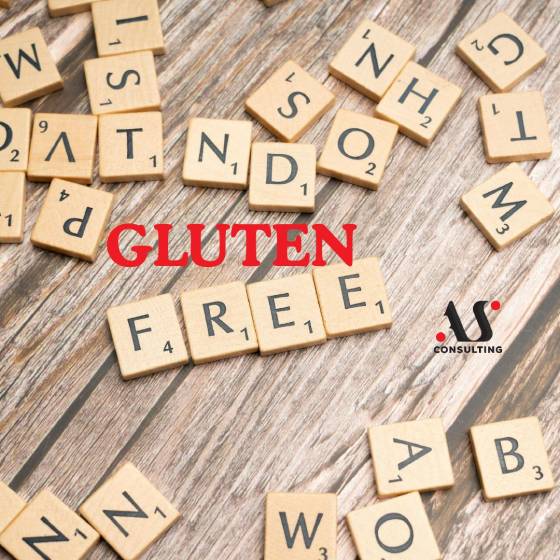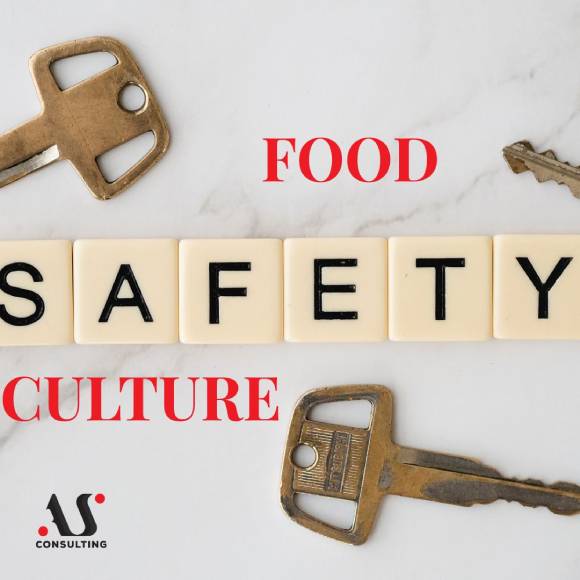
STORAGE AND DISTRIBUTION
April 15, 2021
HALAL STANDARD
June 15, 2021Food defense is the protection of food from intentional contamination by chemical, physical, biological, radiological agents with the intention of causing danger. Food defense is an important element in protecting food from potential external and internal threats. It is one of the 4 elements of food protection, which includes:
1. Food safety
2. Food quality
3. Food fraud
4. Food defense

The company ensures food safety through the implementation of prerequisite programs as well as HACCP system, which identify, assess and control food safety hazards. Despite all the implemented measures, unintentional incidents occur and can endanger food safety.
Food quality is a parameter that depends on the perception of consumers and the notion of quality is closely related to the properties of products that can meet the needs of consumers, but when it comes to food, quality is closely related to safety and raw material composition. When we talk about the deterioration of food quality, we can talk about unintentional (due to various factors in the technological process that we did not intentionally influence) or intentional (which can be influenced by the economic factor – making a profit in favor of quality but without intending to harm).
Food fraud is economically motivated, intentional fraud aimed at making a profit whose intention is not to endanger the health of consumers but the earnings of the subject who deals with fraud. The problem can arise when unhealthy foods (such as milk formulas with added melamine, peanuts infected with Salmonella, etc.) are found as the subject of fraud.
Food defense is an ideologically motivated intended contamination of food, with the aim of causing harm. Whether it is an intention to endanger the business (unfair competition), employee dissatisfaction or some other motive, it is a question of endangering food safety with a clear intention and awareness of it. In order to protect food from intentional contamination, it is necessary to be aware of where the danger may come from. It is essential to get answers to the following questions:
• Who would want to attack us?
• How can he do that?
• What is the potential impact of this act on public health?
• How can we prevent this from happening?
To give an adequate response and protect food from possible threats, let’s look at what types of food safety threats exist:
- Industrial sabotage: intentional contamination of food by disgruntled workers, insiders or competitors with the intent to harm the company’s brand
- Terrorism: carrying out terrorist actions through deliberate contamination of food as an attack on public health
- Economically motivated fraud: intentional substitution or addition of ingredients for the purpose of gaining economic benefit; represents a type of food fraud but falls into the category of food defense when there is a health risk to consumers (eg undeclared allergens: cheaper peanuts are used instead of nuts).
Preventive measures include:
1. conducting risk analysis
2. and the food protection plan.
The risk analysis should cover all critical areas for food safety by starting from the factory environment, where we will review current protection measures such as whether the yard is closed in a full circle, whether there is adequate video surveillance, whether there is lighting between buildings; then we will examine the internal characteristics such as: the entrance of employees and visitors, the protection of the water supply system, the protection of vehicles, warehouses, computer systems, etc. Based on the risk analysis, a mitigation plan is implemented, ie identification of preventive measures that prevent unwanted actions that could endanger the safety of the product. In order to conduct an adequate risk analysis and mitigation plan, it is necessary to form a multidisciplinary team (eg HR, security, quality, IT, production, etc.) that has sufficient knowledge in this area and can implement adequate protection measures.
If you need training for the Food defense team or you need help with a hazard analysis and mitigation plan, you can consult our agency !!!




